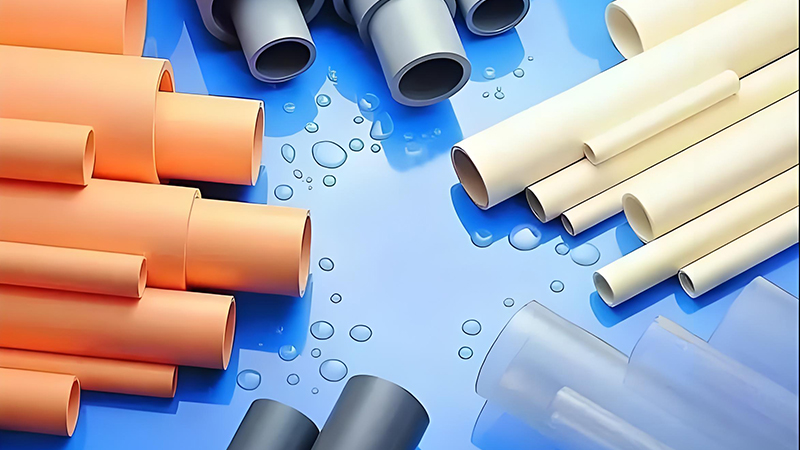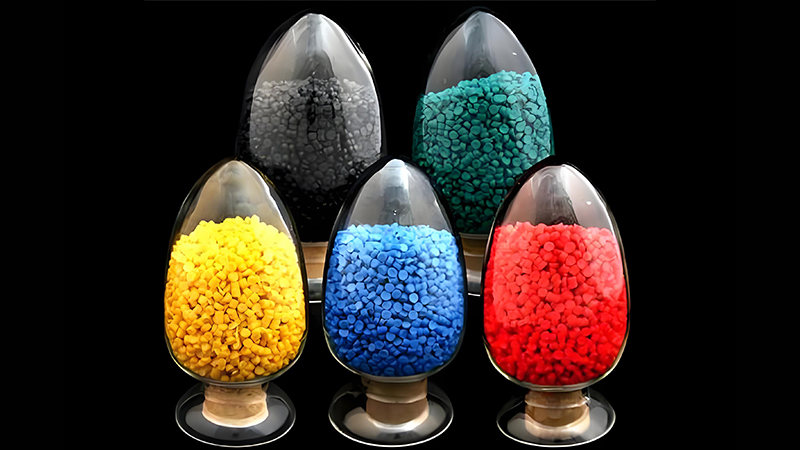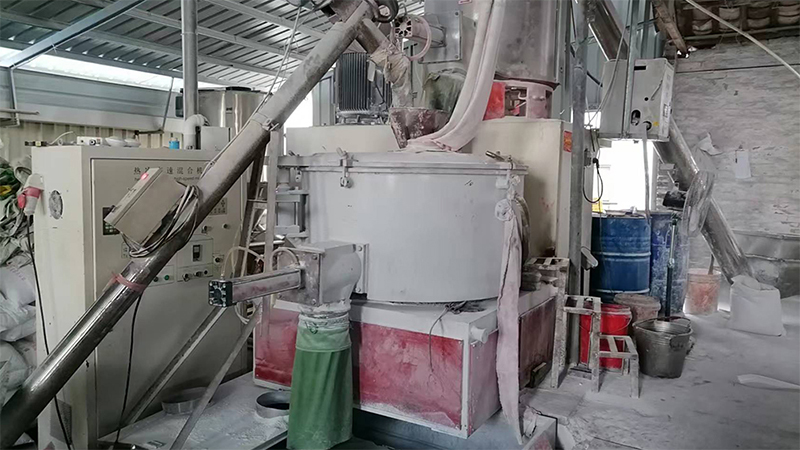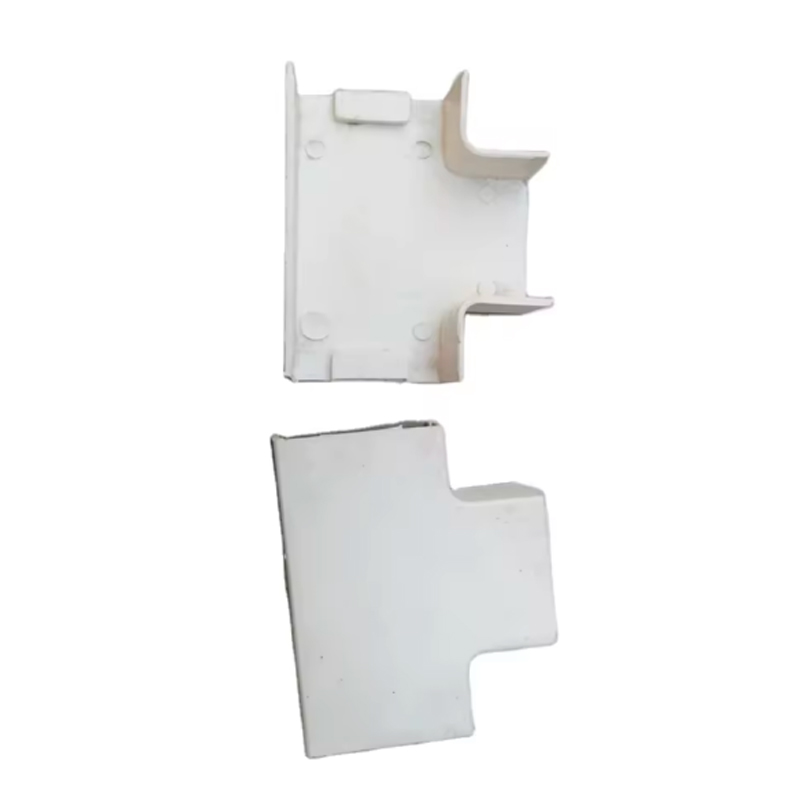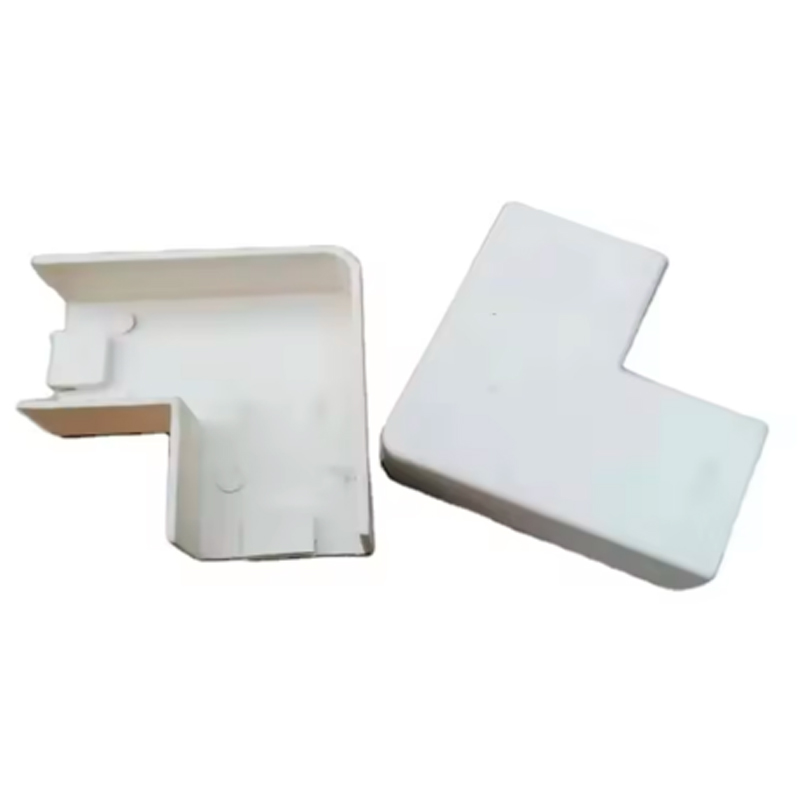Popularization of PVC stabilizer knowledge
PVC stabilizer, mechanism of action and application
PVC stabilizers are usually inorganic or organometallic compounds, and the term itself indicates the presence of cations or organic compounds, usually classified by chemical category. Usually, inorganic and metal organic compounds are basic (or primary) stabilizers, while organic compounds are secondary or auxiliary stabilizers.
Stabilizers are mainly classified based on mixtures of tin, lead, and blood A-group metals such as barium, copper, and zinc.
Tin stabilizer: A tetravalent tin compound containing one or two carbon tin bonds, with the remaining valence bonds saturated with oxygen or sulfur tin anionic bonds. It is the most effective stabilizer for PVC. These compounds are products of the reaction of organic tin oxides or organic tin chlorides with appropriate acids or esters.
The synergistic mixture of stabilizers is common and typically includes various flow based organotin compounds and wave based salts (compounds) as well as auxiliary additives such as zinc soap, phosphates, epoxides, glycerides, UV absorbers, antioxidants, etc. Obviously, most collaborative compositions have specificity, so they have not yet been found to have comprehensive commonalities.
Organic tin stabilizers are divided into two categories: sulfur-containing and sulfur-free. Sulfur-containing stabilizers are outstanding in all aspects of stability performance, but there are issues with odor and cross contamination similar to sulfur-containing compounds.



